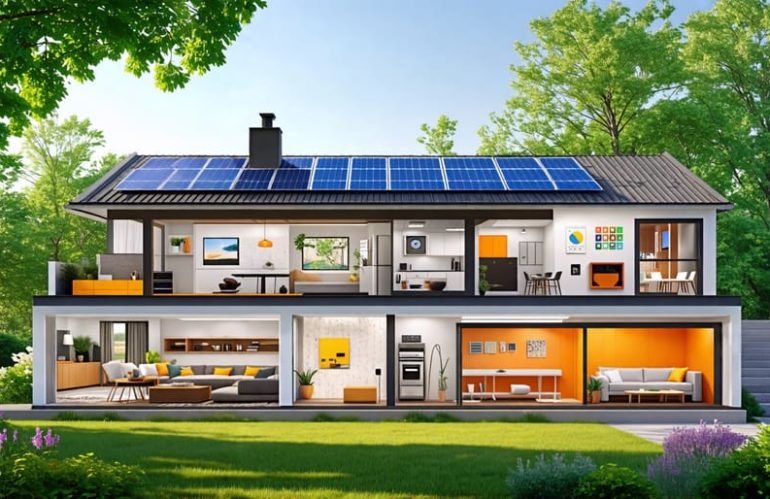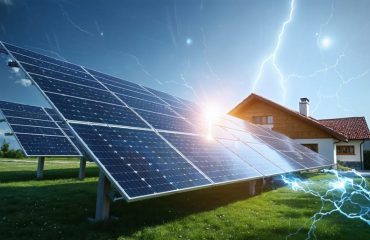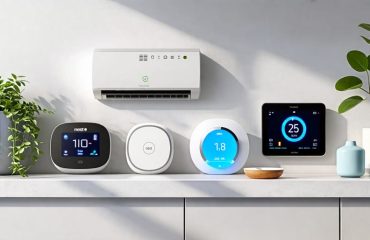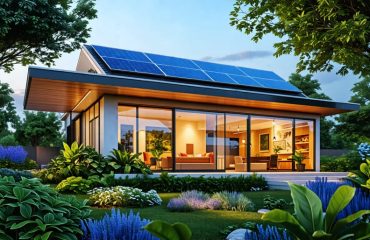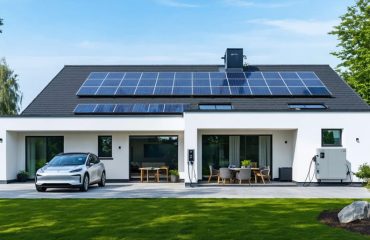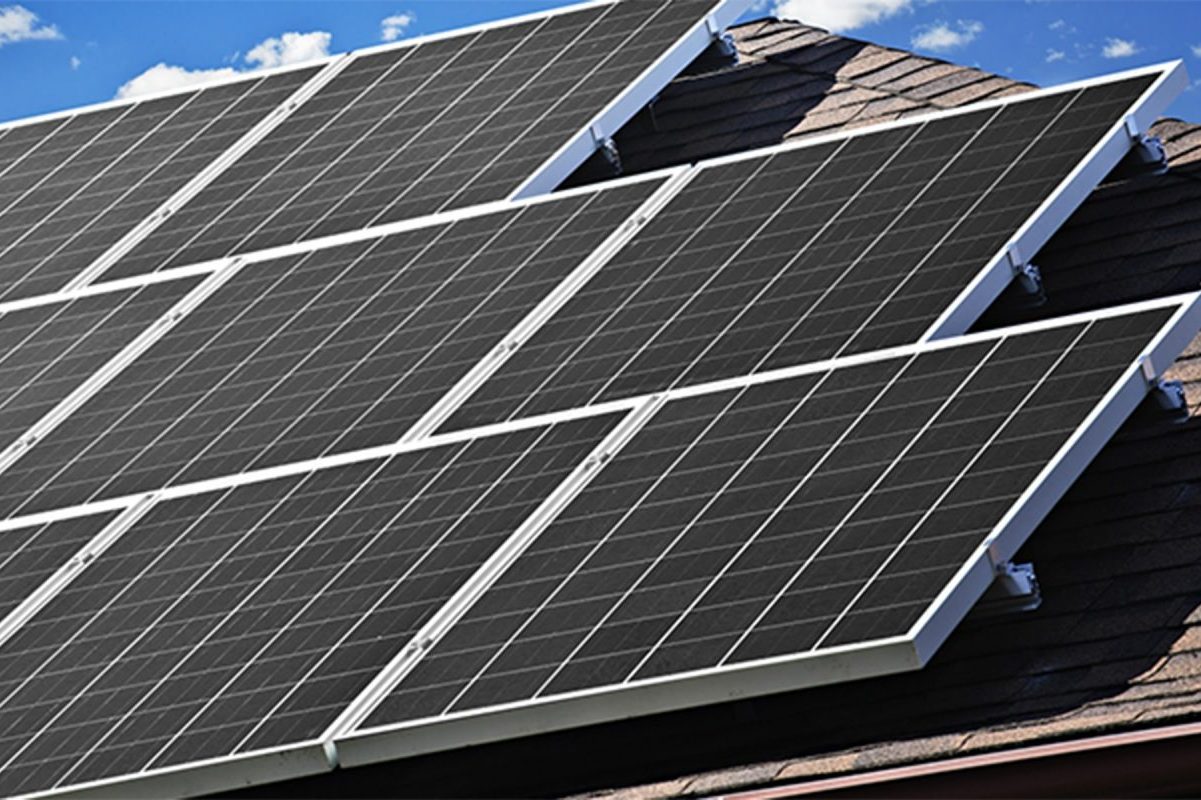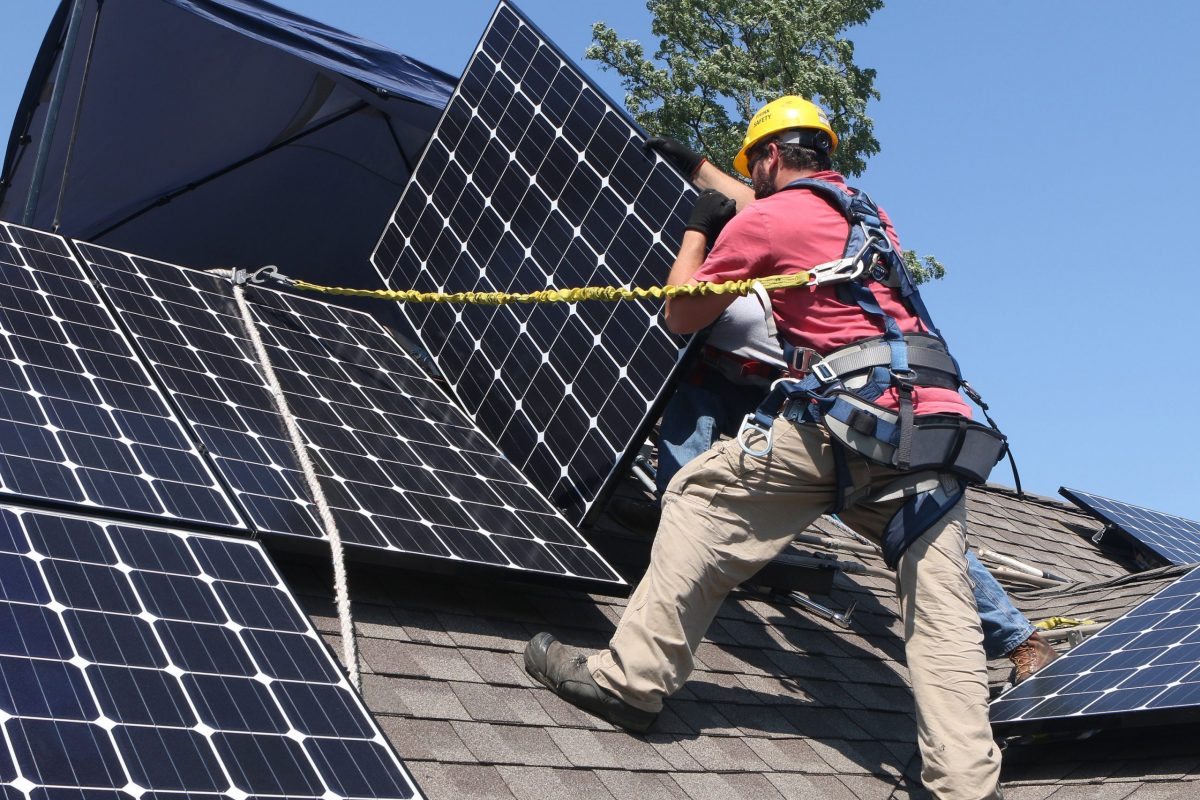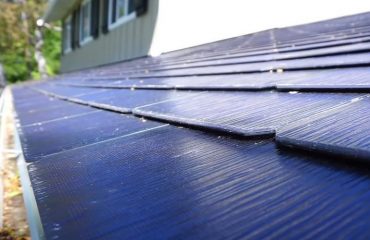Maximize your home’s energy efficiency by sealing air leaks, insulating walls and attics, and upgrading to ENERGY STAR appliances to save money on utility bills. Install a programmable thermostat to optimize heating and cooling schedules based on your lifestyle. Harness renewable energy with residential solar panels or wind turbines to reduce reliance on the grid and benefit the planet. Monitor your energy consumption using smart meters and home energy management systems to identify waste and track savings over time.
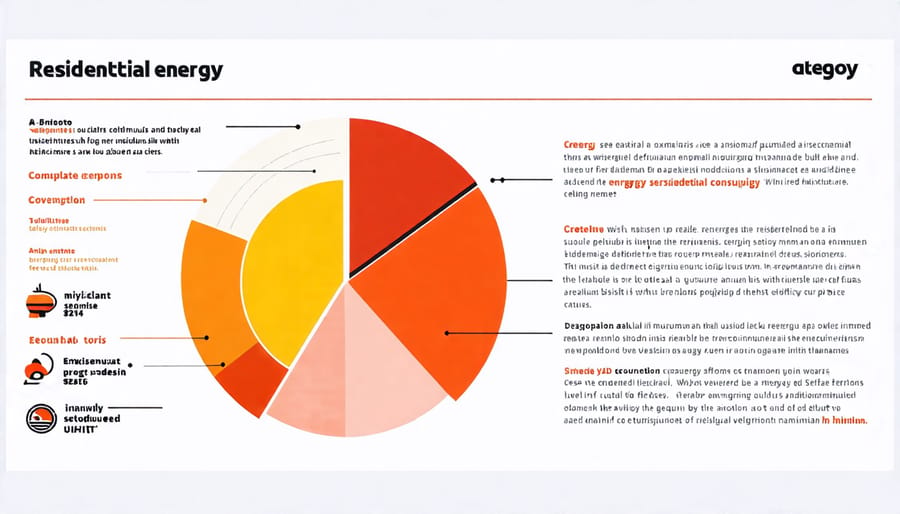
Understanding Your Home’s Energy Use
Appliances and Electronics
Major household appliances like refrigerators, washing machines, and dishwashers consume a significant portion of a home’s energy. Choosing Energy Star certified models can reduce energy consumption by up to 50%. Additionally, many electronics continue drawing power even when turned off, known as “phantom loads.” These sneaky energy drains can account for up to 10% of your electricity bill. To combat phantom loads, unplug devices when not in use or invest in smart power strips that automatically cut power to idle electronics. Simple habits like running full loads of laundry, using cold water, and air-drying dishes can also make a big impact. By being mindful of appliance efficiency and electronic power management, you can significantly reduce your home’s energy footprint and save money on utility bills without sacrificing comfort or convenience.
Heating and Cooling
Heating and cooling account for a significant portion of residential energy consumption. Adjusting thermostat settings by just a few degrees can lead to substantial energy savings without compromising comfort. During summer, set the thermostat slightly higher, and in winter, lower it a bit. Programmable or smart thermostats can automatically adjust temperatures based on your schedule, optimizing efficiency.
Proper insulation plays a crucial role in reducing HVAC energy demand. Well-insulated walls, attics, and windows minimize heat transfer, keeping your home comfortable year-round. Sealing air leaks around doors and windows further enhances insulation effectiveness. Regular HVAC system maintenance, such as cleaning filters and ensuring proper refrigerant levels, improves efficiency and prolongs equipment life. Investing in energy-efficient HVAC systems, like those with high SEER ratings, can significantly reduce energy consumption while providing reliable heating and cooling. By implementing these strategies, homeowners can enjoy a comfortable living space while minimizing energy waste and costs.
Lighting and Miscellaneous
Lighting and miscellaneous loads can significantly impact your energy consumption. Switching to energy-efficient LED bulbs can reduce lighting costs by up to 90% compared to traditional incandescent bulbs. Consider installing motion sensors or timers for outdoor lighting to avoid unnecessary usage. Unplug devices when not in use, as they can still draw power even when turned off. Invest in ENERGY STAR certified appliances and electronics to minimize standby power consumption. By making these simple changes, you can save money on your energy bills while reducing your carbon footprint.
Energy Efficiency Improvements
No Cost/Low Cost Measures
There are many no-cost and low-cost measures you can take to reduce your home’s energy consumption. Adjusting your thermostat by just a few degrees can lead to significant savings on heating and cooling costs. Unplugging electronics when not in use, or using smart power strips, can eliminate “vampire” energy drain. Switching to LED light bulbs is an affordable way to cut lighting costs by up to 90% while enjoying longer bulb life. Simple habits like turning off lights when leaving a room, washing clothes in cold water, and air-drying dishes can add up to substantial savings over time. Sealing air leaks around windows and doors with weatherstripping or caulk is an inexpensive DIY project that improves comfort and efficiency. By implementing these easy changes, you can start saving money and energy right away without sacrificing comfort or convenience.
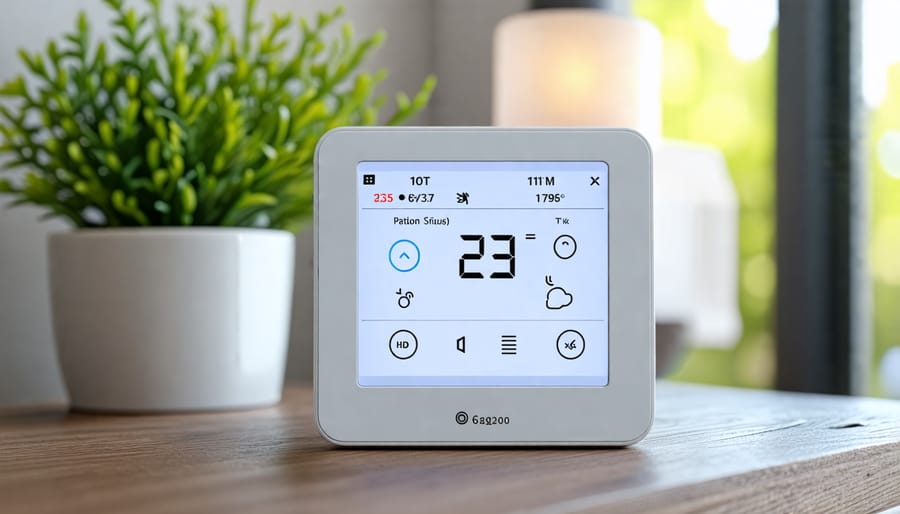
Home Upgrades and Retrofits
Upgrading your home’s energy efficiency is a smart investment that can lead to significant savings on utility bills and a reduced environmental impact. Insulation is a key factor in maintaining a comfortable indoor temperature while minimizing energy waste. Consider adding insulation to your walls, attic, and floors to prevent heat loss in winter and heat gain in summer. Air sealing is another crucial step in improving energy efficiency. By identifying and sealing leaks around windows, doors, and other openings, you can prevent drafts and maintain a more stable indoor temperature.
Energy Star appliances are designed to use less energy than standard models, making them an excellent choice for eco-conscious homeowners. When replacing old appliances, look for the Energy Star label to ensure you’re getting the most efficient options available. Smart home devices, such as programmable thermostats and smart lighting systems, can also help you optimize your energy use. These devices allow you to automatically adjust temperature settings and lighting based on your daily routines, ensuring that you’re not wasting energy when you’re away from home or asleep. By implementing these upgrades and retrofits, you can create a more comfortable, sustainable, and cost-effective living space.
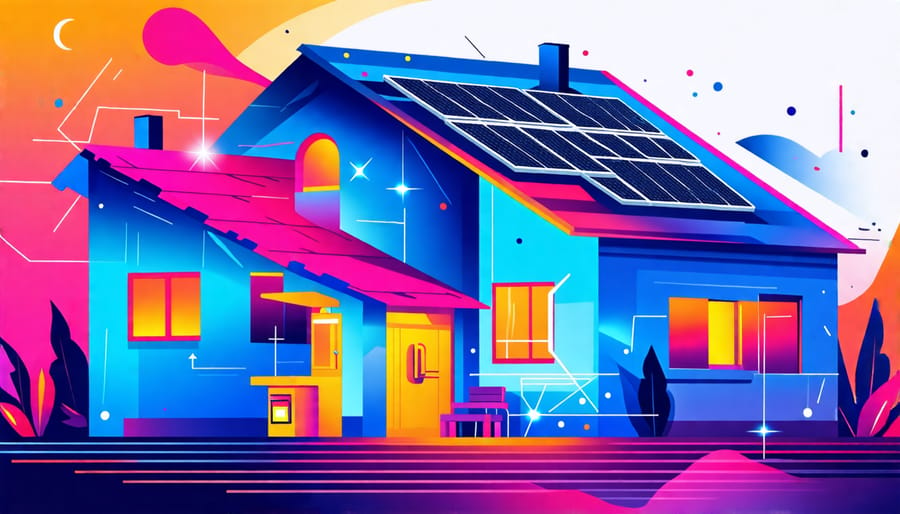
Renewable Energy Options
Homeowners have several renewable energy options to reduce their reliance on fossil fuels and lower their energy bills. Residential solar panels are a popular choice, allowing homeowners to generate their own clean electricity. With falling installation costs and various incentives, solar panels can provide significant long-term savings. Geothermal heat pumps are another eco-friendly option, harnessing the earth’s stable temperature to efficiently heat and cool homes. While the upfront cost may be higher, geothermal systems can lead to substantial energy savings over time. For those who can’t install their own solar panels, subscription community solar programs offer a way to support renewable energy and potentially lower electricity costs without any hardware installation. By participating in a local solar farm, homeowners can offset their energy consumption with clean, renewable power. Exploring these options can help homeowners make informed decisions about embracing renewable energy in their homes.
Monitoring and Managing Energy
Home Energy Audits
Home energy audits assess your home’s energy efficiency, identifying areas for improvement. DIY audits involve inspecting insulation, checking for air leaks, and evaluating appliances. Professional audits provide a more comprehensive analysis using specialized tools like blower doors and infrared cameras. Typical recommendations include sealing air leaks, upgrading insulation, installing programmable thermostats, and replacing inefficient appliances with Energy Star models. While DIY audits are cost-effective, professional audits offer expert insights and customized solutions for maximum energy savings. Implementing audit recommendations can significantly reduce energy consumption, lower utility bills, and improve home comfort. Whether you opt for a DIY or professional audit, taking action based on the findings is key to achieving a more energy-efficient home.
Energy Monitoring Systems
Energy monitoring systems are essential tools for homeowners looking to understand and optimize their residential energy dynamics. Smart meters, provided by utility companies, collect real-time data on electricity consumption, allowing for more accurate billing and insights into usage patterns. Home energy monitors, like the popular Sense and Emporia Vue devices, provide even more granular data by tracking individual appliances and circuits. These systems often come with user-friendly apps and dashboards that display real-time usage, historical trends, and personalized recommendations for reducing consumption. By visualizing energy data in an accessible format, homeowners can identify inefficiencies, adjust habits, and make informed decisions about upgrades and investments. Some monitoring systems even integrate with smart home devices, enabling automated energy-saving actions based on occupancy or time of day. While the upfront cost of these systems may seem daunting, the long-term savings on energy bills and the environmental benefits of reduced consumption make them a worthwhile investment for any sustainability-minded homeowner.
Conclusion
In conclusion, understanding residential energy dynamics is a powerful tool for homeowners looking to reduce their environmental impact and save money on utility bills. By making small changes like upgrading to energy-efficient appliances, improving insulation, and adopting sustainable habits, you can significantly reduce your energy consumption and costs. Remember, every little bit counts, and your efforts contribute to a greener future for all. With the right knowledge and tools, you can take control of your home’s energy use and enjoy the benefits of a more sustainable lifestyle. Don’t be overwhelmed by the task at hand; start with simple steps and gradually build your way to a more energy-efficient home. Together, we can create a more sustainable world, one household at a time. Embrace the power of change and lead by example, inspiring others to follow in your footsteps towards a brighter, more energy-conscious future.

